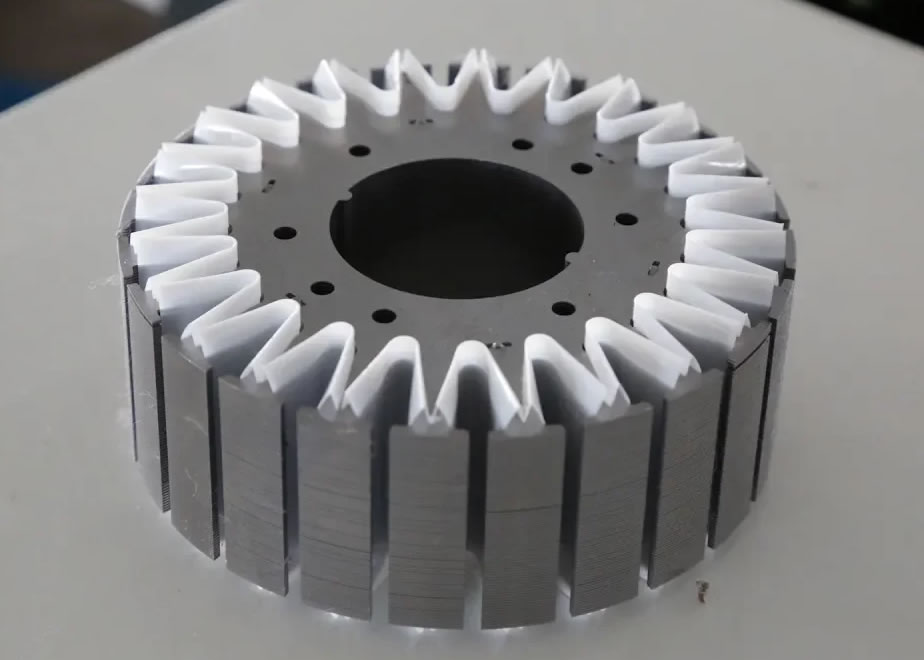Motor insulation paper is one of the essential materials in motor manufacturing. Its excellent insulation properties, mechanical strength and heat resistance make it an indispensable guardian in the field of electrical safety.

1. Understand the grade and heat resistance of insulation paper
Motor insulation paper according to its heat resistance is usually divided into A, E, B, F, H grades. Each level corresponds to a different allowable operating temperature:
Class A: The allowable operating temperature is 105 ° C. It is mainly used in transformers.
Class E: The allowable operating temperature is 120℃. It is suitable for medium and small AC and DC motors.
Class B: The allowable operating temperature is 130 ° C. It is usually used for large and medium-sized synchronous machines and medium and small AC and DC motors.
Class F: The allowable operating temperature is 155 ° C.
Class H: The allowable operating temperature is 180 ° C. It is mainly used in occasions requiring as small as possible size and weight reduction, such as aviation motor, crane motor traction motor and so on.
In the selection, we should be based on the actual working environment and temperature requirements of the motor to select the corresponding heat-resistant grade of insulation paper.
2. Consider the electrical properties of insulation paper
Motor insulation paper needs to have good electrical properties, including insulation resistance, dielectric strength, etc., which can ensure the safety of the motor during operation. Specifically, insulation paper with low dielectric constant and uniform electric field distribution between the insulating medium and the cooling medium should be selected to reduce the risk of electrical failure.
3. Evaluate the mechanical strength of the insulation paper
Motor insulation paper needs to withstand the vibration and shock of the motor, so products with strong mechanical strength and wear resistance should be selected. The insulation paper treated by the calender process usually has high strength, elasticity and tear resistance and is a better choice.
4. Consider the thickness of the insulation paper
The selection of insulation paper thickness should be determined according to the specific needs of the motor and the difficulty of wiring. Without increasing the difficulty of wiring, the thicker insulation paper usually has a better insulation effect. However, too thick insulating paper may also increase the volume and weight of the motor, so it is necessary to weigh the advantages and disadvantages to choose.
5. Pay attention to the cost effectiveness of insulation paper
While meeting the above performance requirements, it is also necessary to consider the cost effectiveness of the product. Insulation paper products with reasonable price and high cost performance should be selected to reduce the manufacturing cost of the motor.
Motor insulation paper has a wide range of applications in electrical equipment, including but not limited to:
Power transformer: Motor insulation paper is used as an insulating layer between windings to prevent current short circuit.
Motors and generators: Motor insulation paper is used for slot wedge insulation, phase to phase insulation and fixed and protected winding ends.
Capacitors: Motor insulation paper is used as dielectric materials to improve the energy storage capacity and stability of capacitors.
Cable: Motor insulation paper is used as an internal and external insulation layer, which can protect the conductor from the external environment, while ensuring the safety of current transmission.